Article: Battle belt setup
Battle belt setup
Why and when you need a battle belt
A battle belt (also known as a duty belt, range belt, or war belt) stands as a vital component in nearly every loadout for military and law enforcement personnel worldwide. It is also employed by private shooters and first responders. It serves as the first line of your gear setup and serves both as a standalone option and as a complement to a plate carrier or chest rig (configurations may vary).
Types of battle belts
The battle belt has undergone changes over the years, resulting in two main types: padded one-piece outer "war belts" and inner belt + outer 2 belt systems. We recommend the inner/outer belt system for its practicality. While padded war belts offer comfort, they tend to be bulky and lack stability.
On the other hand, inner/outer belt systems are lightweight, rigid, and keep your gear securely in place without bouncing. Plus, if you use the inner belt as part of your daily uniform or everyday carry, putting them on is just as easy as padded belts.
What goes on to a battle belt
When discussing setups, it's important to note that there's no one-size-fits-all solution. Setups are highly personal, crafted to suit your specific mission requirements and complement the rest of your gear. That being said, there are essential components that usually belong on the forefront of your gear:
Gear to make holes and gear to plug holes.
Holster: Position your holster securely for your sidearm, allowing a quick and natural draw. There are a lot of options on the market and they are specific to a pistol that you have so pick one that fits your needs. If you are wearing a plate carrier alongside your battle belt, ensure that the side where your pistol is holstered remains slick or minimal to avoid hindering your draw.
Mag pouches: If you're carrying a pistol, you'll likely need one or two pistol mag pouches, typically positioned on the front hip opposite the holster. Additionally, it's practical to have at least one rifle mag pouch for your primary weapon on your belt. Reloading from your belt is generally quicker and more convenient than from your plate carrier or chest rig.
IFAK (Individual First Aid Kit): Typically, the IFAK is positioned in the middle on the back of a battle belt for easy access with both hands.
We covered IFAK contents here: IFAK complete guide
TQ: A belt is the perfect place to add extra TQs in addition to one that you carry in your IFAK.
Additional gear:
- Dump pouch
- Fixed blade knife
- Multitool
- Medical shears
- Small general purpose pouch
- Clip/carabiner for fastening gloves or hearing protection
Final thoughts and general “rules”
- Don’t put on too much weight - carry only what you need and discard unnecessary items
- Distribute weight evenly on the sides
- Make sure nothing interferes with drawing your pistol
- Place your med gear where you can access it with both hands
- Make sure it works well both on its own and as a part of your whole setup
- Test any alterations you make to your setup thoroughly to ensure they meet your needs and perform effectively.

Leave a comment
This site is protected by reCAPTCHA and the Google Privacy Policy and Terms of Service apply.